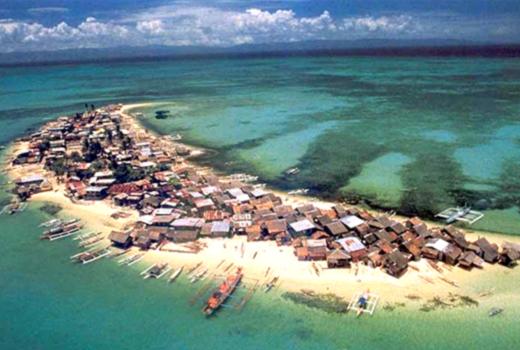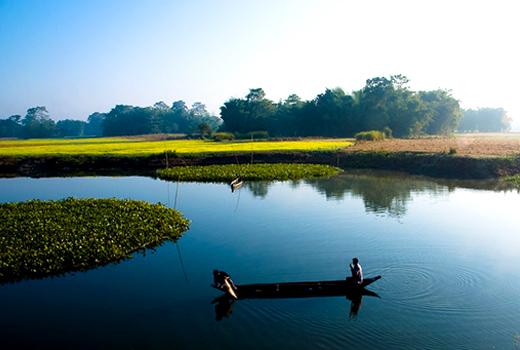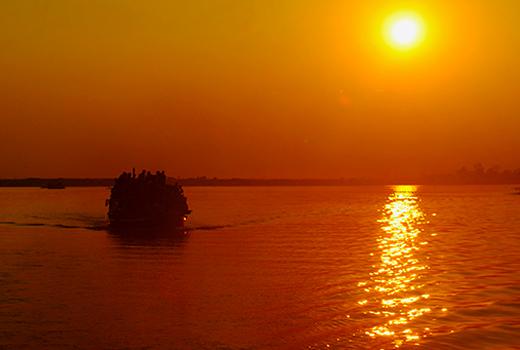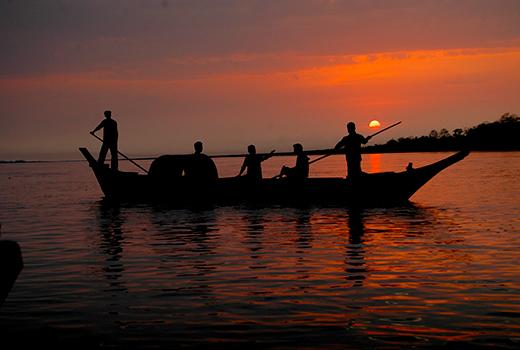



Marooned amid the mighty Brahmaputra’s ever-shifting character of tawny sandbanks resides Majuli. The mid-river island is about 452 sq km in area, and is India’s largest inhabited island of its kind. For the place is continually ravaged by the primal forces of nature, much of the island disappears under water every monsoon. However, Majuli flaunts its unparalleled scenic beauty; throughout the year. It is an atoll that is so relaxed, throughout its shimmering mat of glowing rice fields and water meadows blooming with flowers. Apart from relishing the laid-back vibe that typifies an island life, highlights of a visit include bird watching and learning about neo-Vaishnavite philosophy at one of Majuli’s 22 ancient Hindu Vaishnavite monasteries and centers for art. If all this makes Majuli sound like your kind of place then don’t waste time getting there. However, make no delay, as surveys say that due to the menace of erosion the island will cease to exist within 20 years.
Here, the two main villages are Kamalabari, 3km from the ferry port, and Garamur, 5km further north, which are the most interesting religious and cultural centers, having access to the large, beautifully peaceful villages at Uttar Kamalabari, 1km north and 600m east of Kamalabari and Auni Ati, 5km west of Kamalabari, where monks will be keen to show you their little museum of Ahom royal artefacts. The best chances of observing chanting, dances or drama recitations are around dawn and dusk or during the big Ras Mahotsav Festival. As Majuli's main attraction, birdwatchers would have the heaven in the island, which is the home to nearly 100 species of birds.
Remember that you are trailing the least explored destinations of the India mainland, Assam and Nagaland. Here, you can explore the tribal villages and tea gardens; and take an elephant safari to visit the wilderness of the iconic one-horned rhinos, coupled with a boat cruise on the River Brahmaputra.
Move into the forbidden territory of Nagaland, where encounter with the traditional Naga tribes can be intensely awaited. The good time of the journey can be the time spent at the Hornbill Festival, where you can witness the traditional dance and songs of the animated Naga communities. If, there is a lensman in you, great photographic opportunities can be cherished on this journey, as you immerse yourself in an oblivious culture, dating back to the early 13th Century when the Ahom Kings travelled from Thailand through northern Myanmar, to settle in Assam.
Are you interested to know more about the last unknown, hidden beyond the Himalayan forests?
Let us hear from you at +91 33 4046 4646
As suggested and to be customized as per request

 Loading..
Loading..